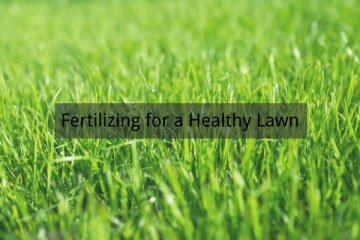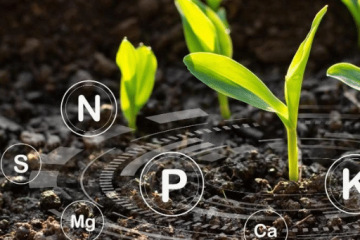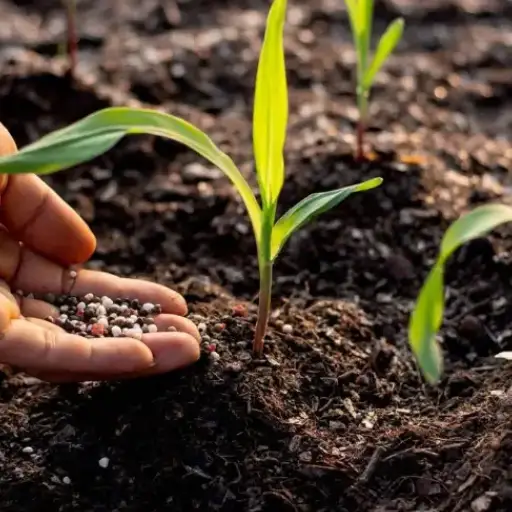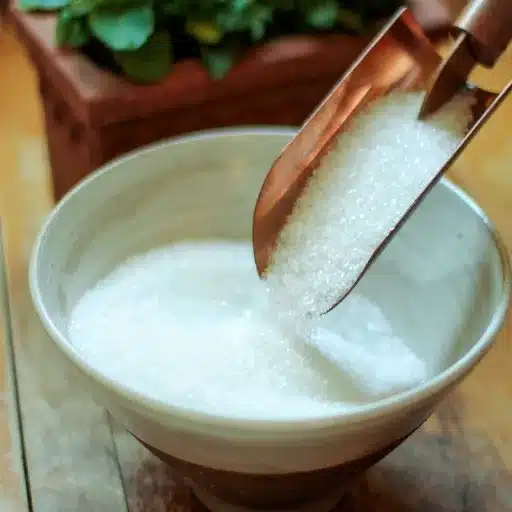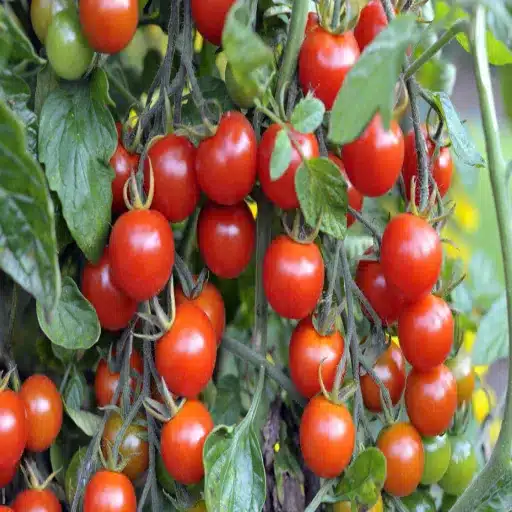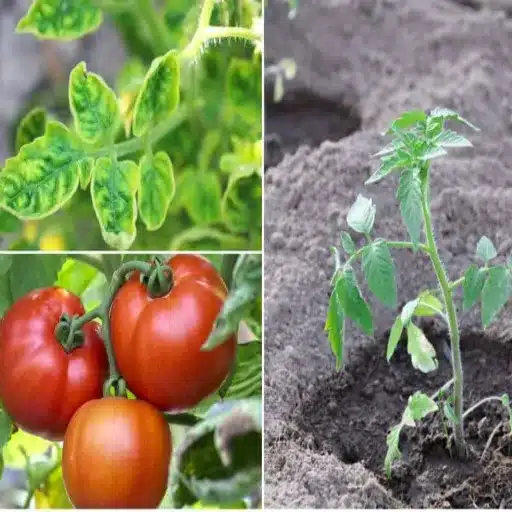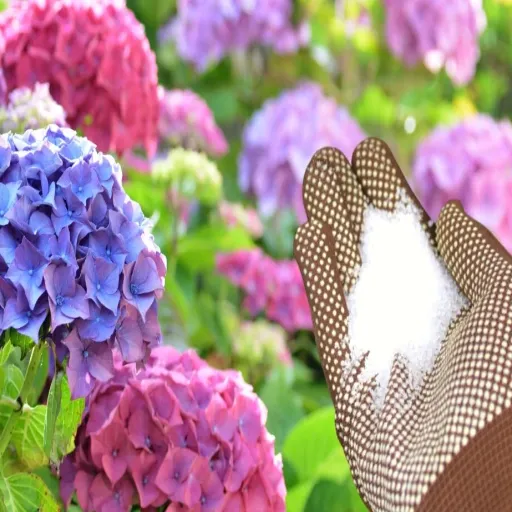A healthy and productive corn crop begins with caring for the soil. Organic fertilizers are the key to achieving the best harvests while maintaining sustainability. Unlike synthetics, they nourish the soil naturally, ensuring long-term fertility and keeping the ecosystem balanced. This comprehensive guide will help you discover the best organic solutions to improve your soil and maximize your corn yield.
Understanding Organic Fertilizers for Corn
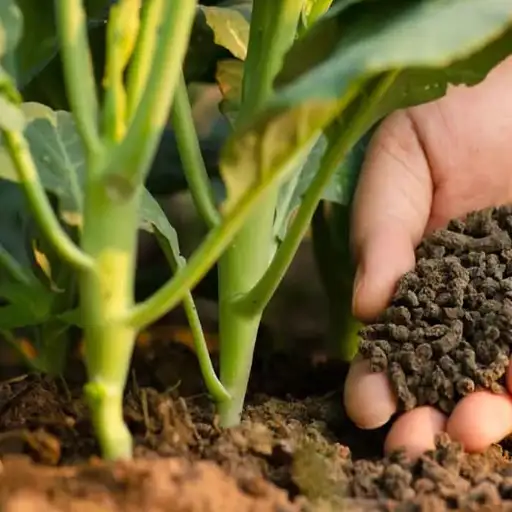
What is Organic Fertilizer?
Organic fertilizer is a natural soil amendment derived from plant or animal sources. Unlike chemically manufactured synthetic fertilizers, organic fertilizers provide nutrients to the soil naturally, particularly the essential elements:
- Nitrogen (N) – Promotes leaf and stem growth
- Phosphorus (P) – Supports root development and energy transfer
- Potassium (K) – Enhances disease resistance and stress tolerance
Organic fertilizers improve soil structure over time, enhance microbial activity, and provide a slow-release nutrient pattern that’s ideal for sustained plant growth while reducing the risk of leaching or runoff.
Benefits of Using Organic Fertilizer for Corn
| Benefit | Description | Impact on Corn |
|---|---|---|
| Improved Soil Fertility | Enhances soil structure and nutrient-holding capacity | Better root development and nutrient absorption |
| Enhanced Nutrient Absorption | Slow-release nutrients are available throughout growth stages | Consistent growth and reduced nutrient loss |
| Environmental Sustainability | Reduces chemical runoff and soil pollution | Cleaner farming practices and ecosystem protection |
| Better Crop Yields | Higher quality kernels and improved yields | Increased productivity and profitability |
| Pest and Disease Resistance | Enhanced soil microbial activity creates a protective environment | Stronger plants with natural defense mechanisms |
Key Nutrients for Corn Growth
Primary Macronutrients (NPK)
- Nitrogen (N): Essential for photosynthesis and leaf development
- Phosphorus (P): Critical for root development and early plant establishment
- Potassium (K): Controls water flow and enhances stress resistance
Secondary Nutrients and Micronutrients
| Nutrient Type | Elements | Function in Corn |
|---|---|---|
| Secondary Nutrients | Calcium, Magnesium, Sulfur | Cell wall formation, photosynthesis, protein synthesis |
| Micronutrients | Zinc, Boron, Manganese | Enzymatic reactions and healthy plant growth |
Top Organic Fertilizers for Corn
1. Liquid Fertilizers for Quick Nutrient Uptake
Best for: Fast correction of nutrient deficiencies and critical growth stages
Application methods: Direct soil application, foliar feeding, or fertigation
Advantages: Rapid absorption, uniform distribution, precise application control
2. Manure: A Time-Tested Organic Option
- Provides balanced NPK nutrients naturally
- Improves soil water retention and microbial activity
- Should be composted before application to reduce pathogens
- Excellent for long-term soil fertility improvement
3. Compost: Enriching Soil Health
- Made from decomposed organic matter (plant residues, food scraps)
- Improves soil structure, aeration, and water-holding capacity
- Enhances microbial activity and biodiversity
- Helps with carbon sequestration and climate change mitigation
- Prevents soil erosion and nutrient runoff
Application Methods for Optimal Results
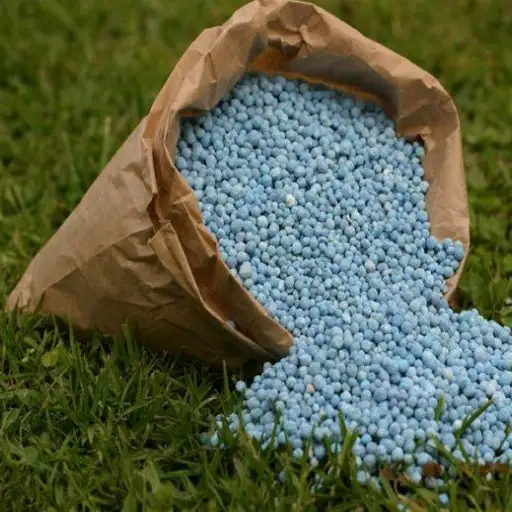
How to Apply Liquid Fertilizer Effectively
- Dilution Ratio: Follow manufacturer’s instructions (typically 1:10 ratio)
- Timing: Apply early morning or late afternoon to avoid evaporation
- Even Application: Use a sprayer, watering can, or irrigation system
- Frequency: Every 2-4 weeks during growing season
- Monitoring: Watch for plant responses and adjust as needed
Incorporating Manure into the Soil
Key Steps:
- Use only well-composted manure to avoid pathogens
- Apply evenly across the planting area
- Work into the upper soil layers with appropriate tools
- Apply several weeks before planting for nutrient integration
Strategies for Fertilizing Large Fields
- Precision Agriculture: GPS-guided machinery and soil sensors
- Cover Crops: Natural nutrient retention and erosion control
- Split Application: Multiple smaller doses throughout the growing season
- Rotational Grazing: Livestock integration for natural soil enrichment
Addressing Nutrient Deficiencies in Corn
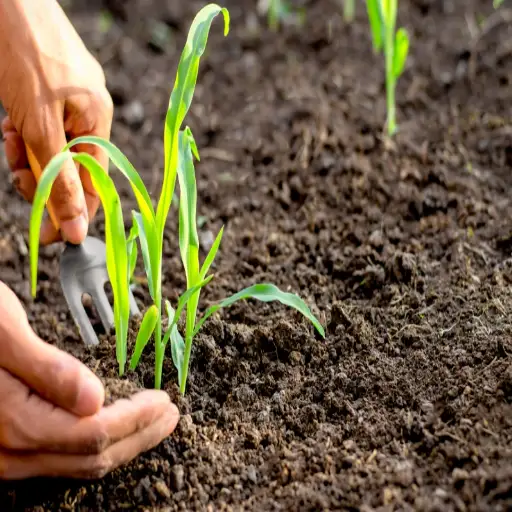
Identifying Common Nutrient Deficiencies
| Deficiency | Visual Symptoms | Plant Impact |
|---|---|---|
| Nitrogen (N) | Pale-yellow chlorosis starting from the lower leaves | Stunted growth, reduced kernel development |
| Phosphorus (P) | Purplish leaves, especially in young plants | Poor root development, delayed maturity |
| Potassium (K) | Leaf margin scorching and necrosis | Weak stalks, reduced drought tolerance |
| Magnesium (Mg) | Interveinal chlorosis | Impaired photosynthesis |
| Zinc (Zn) | Stunted growth, white striping | Poor pollination, reduced yields |
Solutions for Specific Deficiency Problems
- Nitrogen: Apply urea, ammonium nitrate, or organic compost
- Phosphorus: Use superphosphate, rock phosphate, or bone meal
- Potassium: Apply potassium sulfate, muriate of potash, or wood ash
- Micronutrients: Use foliar sprays or chelated mineral forms
Practical Tips for Corn Farmers
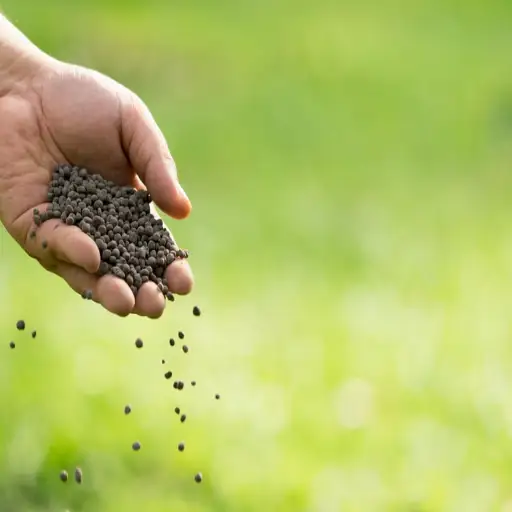
Choosing the Right Fertilizer for Your Soil Type
Step-by-step approach:
- Conduct comprehensive soil testing
- Identify pH levels and nutrient content
- Match fertilizer to soil characteristics:
- Sandy soils: Need more frequent nitrogen applications
- Clay soils: Require additional phosphorus for root growth
- Consider integrated nutrient management (INM)
Timing Your Fertilizer Applications
| Growth Stage | Nutrient Focus | Application Method | Timing Considerations |
|---|---|---|---|
| Pre-planting | Phosphorus, a base nutrient | Soil incorporation | 2-4 weeks before planting |
| Early vegetative | Nitrogen | Side-dress or liquid application | V4-V6 stage |
| Pre-tassel | Nitrogen, potassium | Foliar or soil application | V10-V12 stage |
| Reproductive | Potassium, micronutrients | Foliar application | Silking to grain fill |
Optimizing Crop Yield Through Organic Practices
- Crop Rotation: Improve soil fertility and break pest cycles
- Cover Crops: Enhance soil structure and nutrient retention
- Biological Pest Control: Encourage beneficial insects and microorganisms
- Precision Agriculture: Real-time monitoring of soil conditions
- Companion Planting: Create balanced ecosystem relationships
Maintaining Soil Health for Sustainable Growth
Key Practices for Long-term Soil Health:
- Regular soil testing programs
- Crop rotation and cover cropping
- Organic matter additions (compost, manure)
- Reduced tillage practices
- Proper machinery management to prevent compaction
Frequently Asked Questions (FAQ)
References and Additional Resources
- Fertilizers for Corn – Cornell CALS: Comprehensive guide on seasonal corn fertilization, including organic options
- Corn Fertilization – Mississippi State University Extension: Academic recommendations for corn fertilization and nitrogen management
- AGR-105 Fertilization and Liming for Corn – University of Kentucky: Detailed resource on fertilizing and liming practices
- Bio-Organic Fertilizer Application Enhances Silage Maize – PubMed: Research on bio-organic fertilizer benefits for maize and soil improvement
- Selecting and Using Organic Fertilizers – Frisco, Texas: Comprehensive guide covering organic fertilizer selection for various crops
Final Thoughts: Choosing the right organic fertilizer for your corn crop requires understanding your soil conditions, nutrient requirements, and timing. By implementing these organic practices and maintaining healthy soil, you’ll achieve sustainable, productive corn yields while protecting the environment for future generations.

